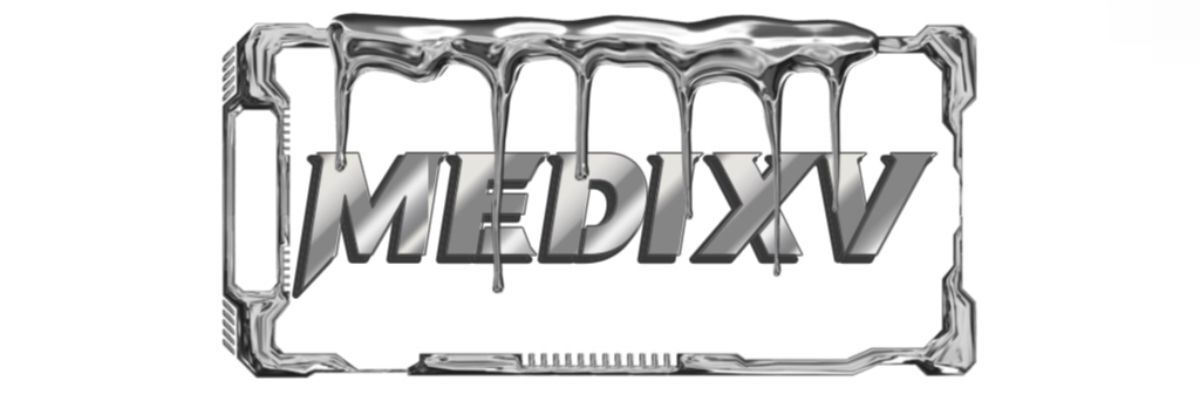Surgical Reamer vs. Traditional Tools: Which is More Effective?
Understanding Surgical Reamers
Surgical reamers are specialized tools used in orthopedic and dental surgeries to prepare bone for implants, screws, or other devices. These instruments are designed to create precise channels in the bone, ensuring a snug fit for surgical hardware. Their construction typically involves high-quality stainless steel or titanium, allowing for longevity and effectiveness during procedures.
The Advantages of Surgical Reamers
- Precision: One of the most significant benefits of surgical reamers is their ability to create uniform and accurate bone cavities. This precision reduces the risk of complications and improves surgical outcomes.
- Efficiency: Surgical reamers streamline the procedure by reducing the time needed for bone preparation. Their design allows for quicker cutting and shaping, which can lead to shorter surgeries and reduced anesthesia exposure for patients.
- Reduced Trauma: Unlike traditional tools, surgical reamers minimize damage to surrounding tissues. Their sharp edges allow for cleaner cuts, which promotes quicker recovery for patients.
Traditional Surgical Tools
Traditional surgical tools, such as chisels and files, have been employed for many years in various surgical fields. These instruments serve important functions in bone preparation but differ significantly from modern reamers.
Limitations of Traditional Tools
- Less Precision: Traditional tools can lead to uneven bone surfaces due to their manual operation. This inconsistency can result in complications during the implantation process.
- Longer Procedure Times: The manual nature of traditional tools often requires more time for surgeons to achieve the desired shape and size of the bone cavity.
- Higher Risk of Trauma: The use of chisels and files can cause additional trauma to both the bone and surrounding tissues, leading to longer recovery times for patients.
Comparative Effectiveness
Clinical Outcomes
Studies have shown that surgeries utilizing surgical reamers often result in better clinical outcomes when compared to those using traditional tools. Enhanced precision allows for better-fitting implants, which can lead to increased longevity and functionality.
Cost Considerations
While surgical reamers may have a higher initial cost, the overall value is evident in the reduction of surgical times and the potential decrease in complication rates. Over time, the financial benefits can outweigh the costs associated with traditional tools.
Technological Advancements
Recently, advancements in technology have further enhanced the effectiveness of surgical reamers. Innovations such as powered reamers and those equipped with imaging guidance offer surgeons real-time feedback, ensuring even greater accuracy during procedures.
Future Trends in Surgical Tools
The trend is leaning towards minimally invasive techniques, and surgical reamers are at the forefront of this evolution. With continued research and development, the effectiveness and versatility of these tools are expected to expand further.
Conclusion
In the ongoing debate between surgical reamers and traditional tools, the advantages of reamers in terms of precision, efficiency, and reduced trauma position them as the more effective choice in modern surgical practice. As technology continues to evolve, the preference for surgical reamers is likely to grow, setting a new standard for surgical excellence.
For more information, please visit endoscopy surgical forceps for sale, endoscopy surgical forceps.

Comments
0